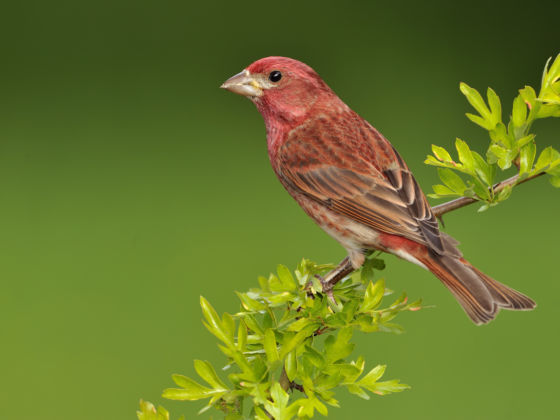The extinction crisis is happening, whether we want to hear about it or not, and no creature is spared. According to a new study published in the journal Science and conducted by the Cornell Lab of Ornithology, the bird population in the US and Canada has declined by 2.9 billion breeding adults since 1970. Birds across every biome have been affected, with forests alone losing one billion birds.


The greatest losses have been suffered by common birds, which people see every day. Over 90 percent of the losses come from 12 bird families, including sparrows, blackbirds, warblers, and finches. The red-winged blackbird, for example, commonly seen in every marsh across the continent, has declined by a staggering 92 million birds.
Ken Rosenberg, a conservation scientist at the Cornell Lab of Ornithology, said, “We were astounded by this net loss across all birds on our continent, the loss of billions of birds. These bird losses are a strong signal that our human-altered landscapes are losing their ability to support birdlife. And that is an indicator of a coming collapse of the overall environment.”
There is some good news, however. The study shows that birds that have been the target of conservation programs are doing extremely well, among them are raptors, waterfowl, and turkeys — when we get involved to save bird species, we succeed. And as Rosenberg pointed out, even if 30 percent of North America’s birds are lost, there are still 70 percent left to initiate a recovery, given the implementation of proper conservation methods. But we have to act quickly, he said, because “that may not be true 10 years from now.”